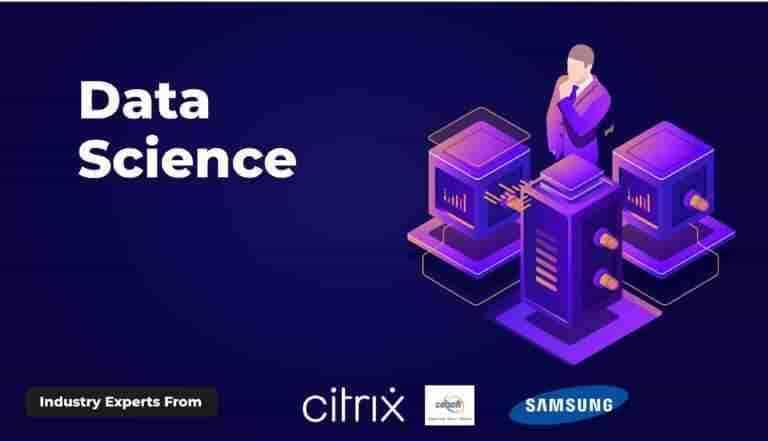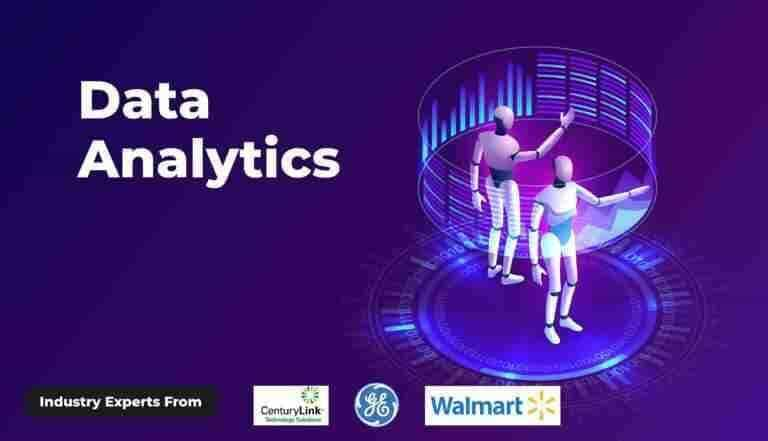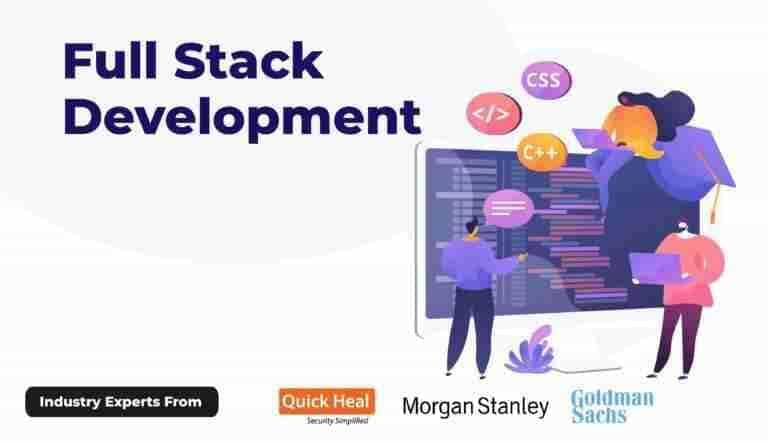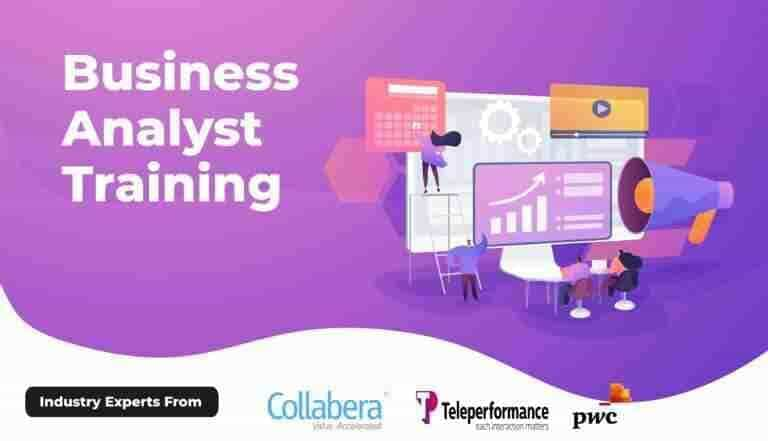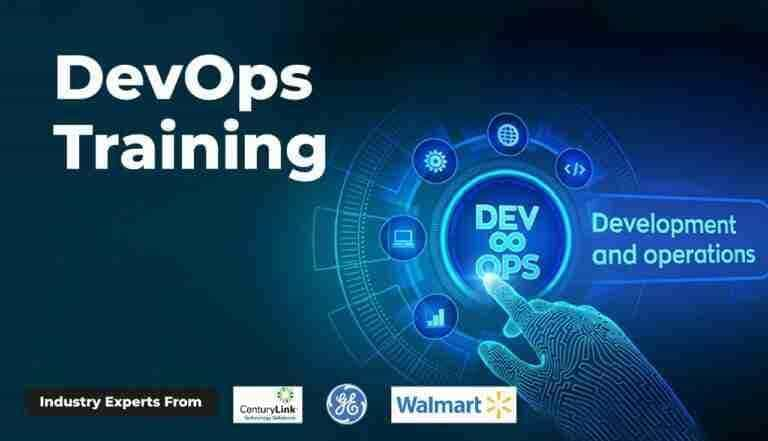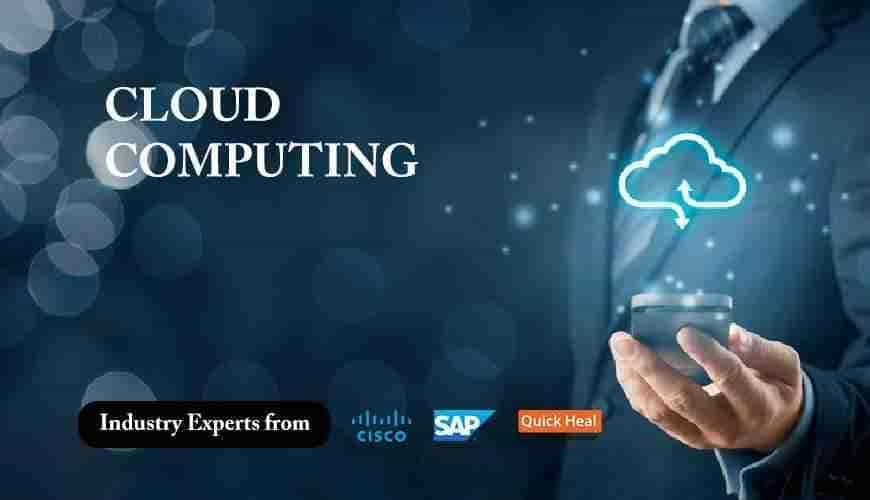What is Knowledge Representation in Artificial Intelligence
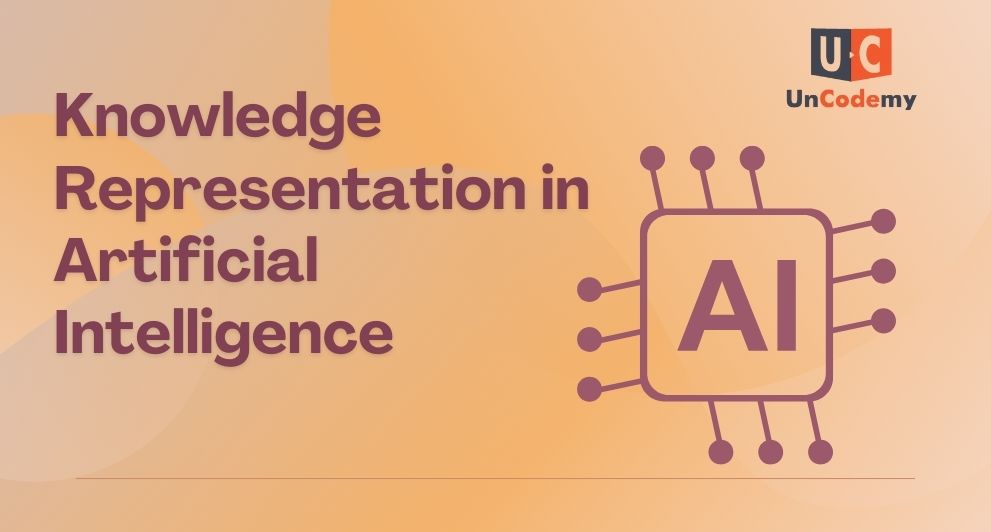
- AI Applications
- AI Challenges
- AI Learning
- AI Reasoning
- AI Systems
- Artificial intelligence
- Knowledge Representation
- machine learning
- Semantic Networks
Understanding the Basics: Knowledge Representation in AI
In simple terms, knowledge representation in artificial intelligence refers to how machines think and learn about the world. It’s about structuring information in a way that machines can process and use to make decisions, solve problems, and understand language.
Imagine you’re teaching a child to identify a cat. You’d show pictures, explain features like whiskers, fur, and a tail, and say, “This is a cat.” Similarly, in AI, we design systems that “learn” about the world by representing knowledge in a structured way. This helps computers mimic human intelligence, allowing them to reason and act intelligently.
Why is Knowledge Representation Important in AI?
Knowledge and reasoning in artificial intelligence are like the twin pillars of a strong AI system. While knowledge representation ensures the system understands data, reasoning allows it to make logical decisions based on that data. Without effective representation, reasoning becomes like building a house on sand—unstable and unreliable.
Key Goals of Knowledge Representation in AI:
- Organize Data: Transform raw data into meaningful information.
- Facilitate Reasoning: Enable systems to draw conclusions from the information.
- Support Learning: Help AI systems adapt and improve with experience.
- Enhance Communication: Allow AI to interact with humans and other systems seamlessly.
Types of Knowledge in AI

To grasp the depth of knowledge representation, it’s essential to know the types of knowledge AI deals with:
- Declarative Knowledge: The what of knowledge—facts and information. For example, “The Eiffel Tower is in Paris.”
- Procedural Knowledge: The how of knowledge—processes and methods. For example, “How to ride a bike.”
- Meta-Knowledge: Knowledge about knowledge itself. For instance, knowing which problem-solving strategy works best in a situation.
- Heuristic Knowledge: Experience-based knowledge, like rules of thumb. For example, “If the road is wet, drive slowly.”
Methods of Knowledge Representation in Artificial Intelligence
Let’s explore the popular ways AI systems represent knowledge:
- Logical Representation:
This method uses logic to represent facts and rules. It’s like saying, “If A is true, then B must be true.”
Example: If a person is a student, they are eligible for a student discount.
Logical representation helps systems reason systematically. However, it can sometimes feel like trying to explain art using just math—great for structure, but limited in flexibility.
- Semantic Networks:
Think of semantic networks as a web where concepts are nodes connected by relationships. It’s a way of visualizing how different ideas relate.
Example: A semantic network might represent “A dog is a mammal, and mammals are animals.”
This method is intuitive and mirrors human thinking but can become complex as networks grow.
- Frames:
Frames organize information into structures, much like how folders organize files on your computer. Each frame contains attributes and values.
Example: A “car” frame might include attributes like color, brand, and model.
Frames make knowledge representation in AI efficient but can sometimes oversimplify complex scenarios.
- Production Rules:
Ever heard of the phrase, “If it ain’t broke, don’t fix it”? That’s a production rule in action! These rules follow an if-then format.
Example: If the temperature is below 0°C, then turn on the heater.
While straightforward, production rules can grow unwieldy when there are too many.
Knowledge Representation and Reasoning in AI
Knowledge representation and reasoning in AI are like two sides of the same coin. Representation focuses on structuring knowledge, while reasoning is all about using it intelligently.
Let’s take an example:
Imagine a chatbot trained to answer customer queries. The knowledge representation system structures the chatbot’s responses—facts, rules, and processes. The reasoning system decides which response to use based on the user’s question. Together, they create an interactive, intelligent system.
Real-Life Examples of Knowledge Representation in AI
- Google Maps: Uses frames and semantic networks to represent geographical data and plan routes.
- ChatGPT: Employs vast networks of language knowledge to generate meaningful responses.
- Recommendation Systems: Use logic and rules to suggest products, movies, or songs you might like.
Challenges in Knowledge Representation
- Complexity: Representing real-world knowledge is like fitting an elephant into a teacup—it’s tricky!
- Ambiguity: Human language and reasoning can be vague, making representation difficult.
- Scalability: Managing and updating vast amounts of knowledge is no small feat.
The Road Ahead
As AI continues to evolve, knowledge representation and reasoning in AI will play an increasingly pivotal role. From self-driving cars to personalized education, the possibilities are endless.
As the saying goes, “The sky’s the limit.” And in the case of AI, it seems even the sky isn’t a boundary!
Conclusion
Knowledge representation in AI isn’t just about storing data; it’s about giving machines the ability to understand and reason. By combining logic, creativity, and technology, AI systems can make informed decisions, solve problems, and transform industries.
To quote Albert Einstein, “Imagination is more important than knowledge.” In the world of AI, knowledge representation breathes life into machines, while imagination drives innovation. Together, they pave the way for a smarter, more connected world.

















